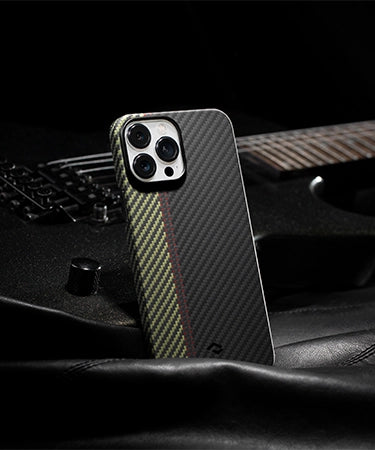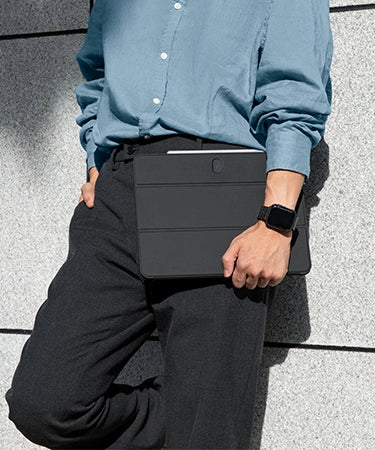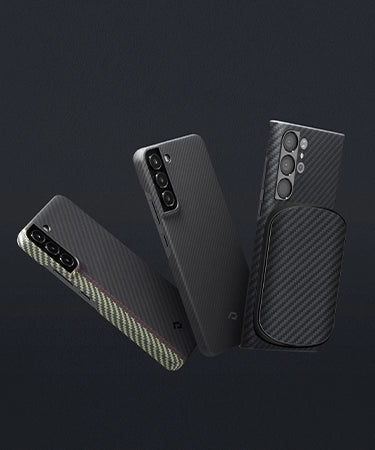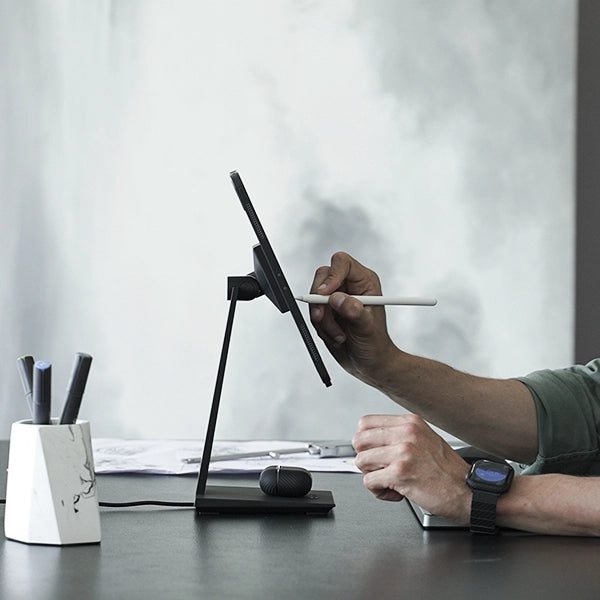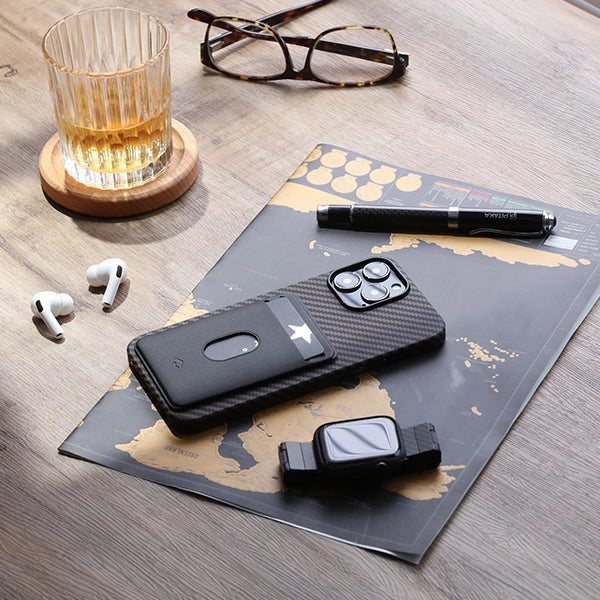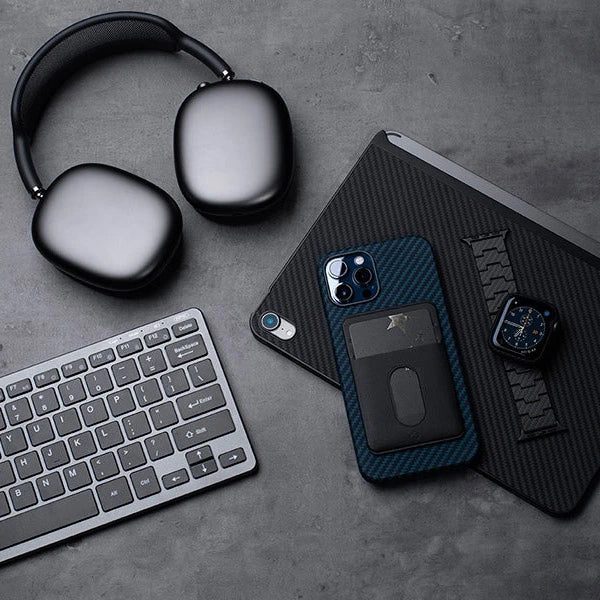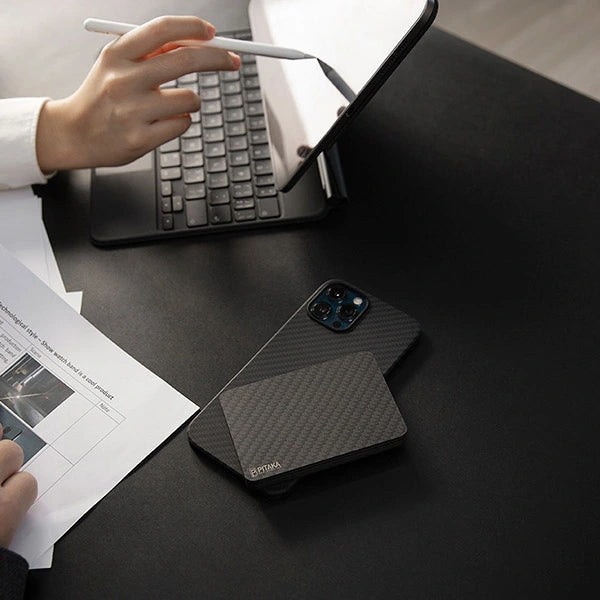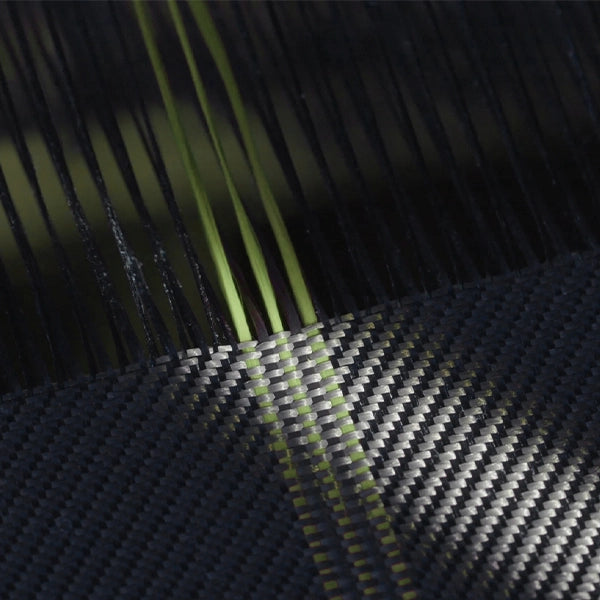
Apple has dedicated itself to protecting the planet for many years. In March 2021, the Cupertino company published a press release on the progress of its $4.7 billion Green Bond spend. Once again, Tim Cook urged people to fight climate change together for a greener future.
It's impressive to see how far Apple has gone in delivering clean energy. However, Apple also received criticism about the work still needed on improving wireless charging energy consumption.
Is wireless charging really that much less efficient than wired charging?
Does Wireless Charging Use A Lot More Energy?
Yes, a wireless charger uses more power to completely charge a smartphone than a cable does.
1. How much energy does your phone use?
It takes about 15 watt-hours (Wh, the amount of energy needed for a machine to run for one hour) to charge a typical smartphone (3000 mAh) from zero to 100% using a cable. If you thoroughly drained then charged your phone every day, you would need to feed it about 5.5 kilowatt-hours (kWh) in a year. If you're not sure how much this is, take a look at other appliances in your home. For example, running an air conditioner for one hour consumes about 3 kWh, and a refrigerator could use up to 54 kWh per month.
Does using a wireless charger make a difference?
If you ever put your phone on a wireless charger, you may notice that your phone overheats more easily. Plugging a cable in your phone generates heat too. The power brick, and even the cable, will get warm, but it's not usually anything to get worried about.
Heat converts into wasted energy, which happens to all machines. More heat means more waste. Wireless charging generates more heat compared with traditional charging.
2. How much energy does wireless charging use?
According to a report by OneZero last year, using a wireless charger takes about 21 Wh. The number could vary based on the design of the charger.

It's crystal clear that wireless chargers use more energy than wired chargers. However, 7.6 kWh a year is still a tiny amount of electricity for an individual. Of course, there are more than five billion mobile phone users on the planet. Although not even half of those devices support wireless charging, wireless charging is increasingly popular in smartphones. More and more people are beginning to embrace wireless charging for its convenience and novelty.
If we multiply 7.6 kWh by the number of people who use wireless chargers, the number is quite scary. That's why some argue that wireless charging is a big waste of energy, and dozens of more power plants are required to support wireless charging worldwide.
But wireless charging is far from being a disaster.
Is Wireless Charging Less "Green" Than Wired Charging?
Wired charging is more efficient for transferring electricity. However, we shouldn't disregard the bigger picture here: the overall impact on the environment.
Wireless charging is not as bad as you may think in terms of wasted energy.
1. What's the cost to replace broken cables?
The most significant advantage of wireless charging is that it's cable-free. While you still need a cable to plug the charger into the wallet outlet, at least you don't have to plug and unplug a cable into your phone repeatedly. Using a cable is just not as convenient as placing your phone on a wireless charging pad. Worse still, it causes the cable and charging port to wear out over time. When it's more challenging to position the connector in the port for charging to begin, it's time to replace the cable or charging port.
Although charging cables are not expensive, adding broken cables to the piles already in landfills and the impact of replacement cables or ports on the energy industry is measurable when taking billions of users into consideration.
2. What's the cost of multiple cables and power bricks?
EU lawmakers once pushed Apple to ditch its Lightning design because of its adverse effects on the environment. With both USB and Lightning connections on mobile devices, consumers are forced to buy multiple cables and chargers for all their devices.
Nonetheless, wireless charging can help change this situation. All smartphones with wireless charging capability can work on the same wireless charger. Be it Apple, Samsung, or other brands, one cable and one wireless charger will suffice.

How much energy wireless charging has saved by eliminating the cost of replacing tons of cables remains a mystery. However, it seems apparent that wired charging wastes more "power" outside of the electric bill.
Wireless Charging is Getting More Efficient
We can't argue with the fact that wireless charging uses more power to charge a phone because of its design. But we can adjust the design in some way to off-set a certain amount of power consumption.
Part of the reason wireless charging uses more energy is that it's tricky to have the smartphone align with the coils in the charger. When it's not appropriately aligned, most energy transferred by the coils turns into heat instead of absorbing by the phone battery.
How can we make sure a phone is aligned on a wireless charger?
The current solution is magnetic wireless chargers. Magnetic wireless chargers have been around for some years, and they've received plenty of attention since Apple re-introduced MagSafe for the iPhone 12 lineup.
Why are Magnetic Wireless Chargers More Efficient?

The theory is simple. Put magnets inside the charger and the phone or phone case. Magnets can attract magnets or metals, so it will automatically align when your move the magnet-embedded phone or case near a magnetic wireless charger. You don't have to find the charging sweet spot on magnetic wireless chargers. Nor do you need to worry about the handset getting displaced by vibrations or knocks.
With accurate and effortless positioning, a magnetic wireless charger can transfer maximum energy.
To Summarize
To figure out which way is more environmentally friendly, we need to compare the energy used during the charging process, the durability of charging units, and the long-term consequences. We may also need to factor in the manufacturer too.
Apple believes in a wireless future, and so do we. We've experienced the joys and convenience of wireless charging, and we expect to see wireless charging bring a greater positive impact on society as technology improves over time.
You might be interested in:
